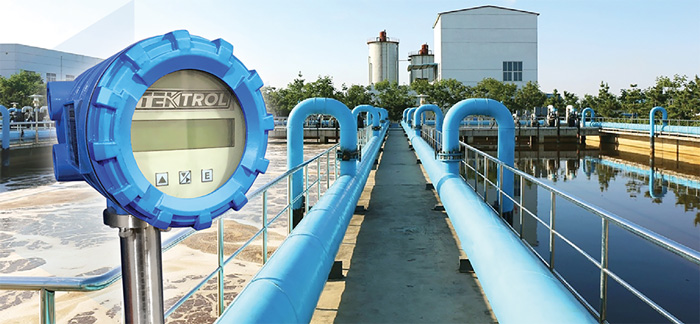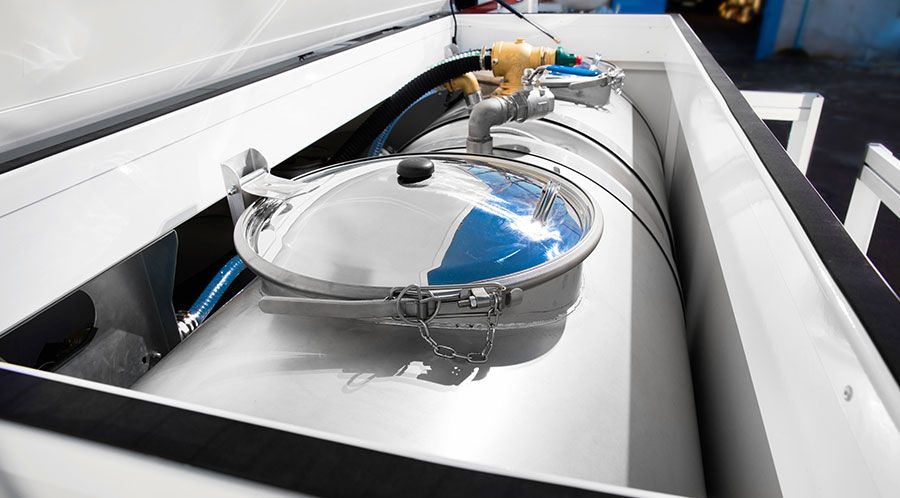
Oil and Gas Separators!
Separators reside on onshore well pads and offshore platforms and can be horizontal, vertical, or a sphere. They’re used in upstream oil and gas applications for periodic well testing (as a test separator) or continuous production measurement (as a production separator), and can function in either two-phase or three-phase. The separator has one goal: separate the oil from the gas and water. But, if you choose the best flow measurement for your separator, you can really make it work to meet not only this goal but also deliver much more insight into your operation. Gas. In order for a separator to function, it requires a steady, maintained level of pressure in order to push the fluids out of the separator and into a tank. If the pressure’s too high, you can get gas entrained in the oil where it will simply vent off from the tank resulting in higher emissions and lost product. If the pressure’s too low, you can lose the more valuable, lighter, or intermediate gases (called natural gas liquids or NGLs) as they get pulled out into the natural gas. NGLs have a higher BTU content, and you’ll want to keep these valuable BTUs in liquid form. In some applications, the Gas Outflow serves as a Custody transfer point. If so, you’ll want to know how much gas each well is producing, and there are several flow measurement technologies that can help. The Tek-Cor 1100A Coriolis offers excellent accuracy for any custody transfer point is provided and […]



